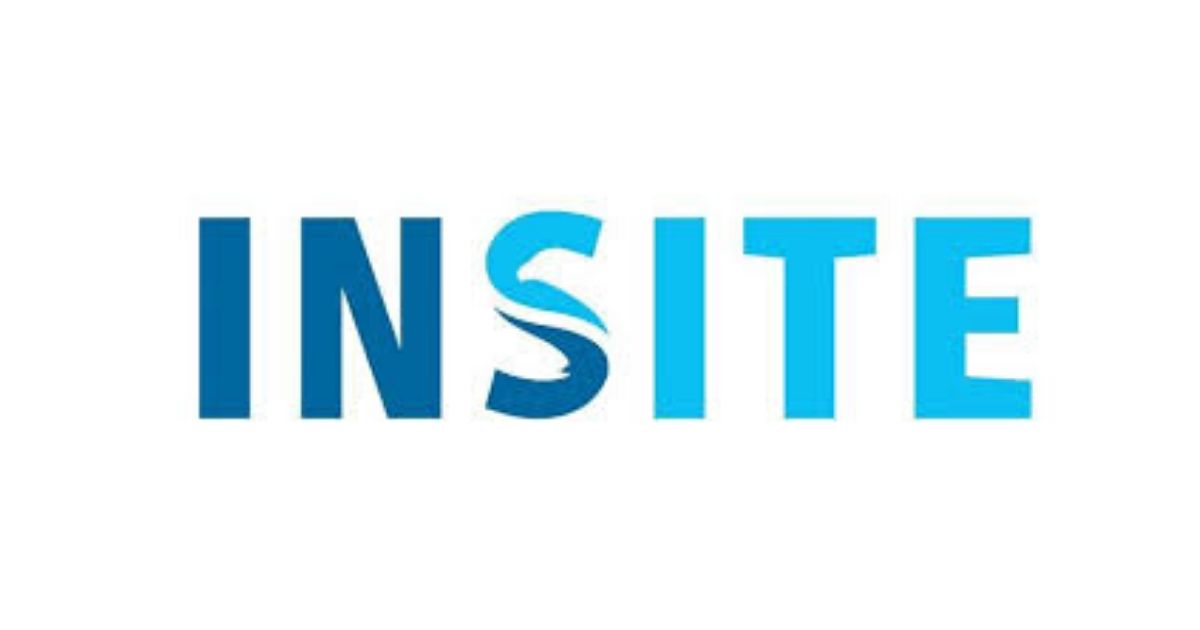The Natural Environmental Research Council (NERC) and Centre for Environment, Fisheries and Aquaculture (CEFAS) have announced 7 INSITE projects set to receive £5 million (GBP) of funding over the next 3 years.
The awards come after an Announcement of Opportunity from NERC in 2019 inviting researchers to submit proposals for a new program of science in support of the INSITE objectives. Peer reviewed by an international panel of independent experts, the projects have been granted funding until 2023.
This program will build on INSITE’s Foundation Phase and aims to tackle the critical gaps in scientific understanding of the role that man-made structures play in marine ecosystems. The overarching question that the program is looking to answer is “How critical are man- made structures (MMS) in the North Sea to ecosystem structure and function?” This will be addressed through three challenges:
- Understanding the role of man-made structures as an inter-connected network of hard substrata in the North Sea.
- Understanding the role of man-made structures as potential artificial reefs in the North Sea.
- Ecological monitoring and assessment of man-made structures as whole systems in the North Sea ecosystem.
The research projects, focusing on the North Sea region, will be led by scientists across a number of UK-based centers of excellence including universities and marine research institutions.
Commenting on the NERC awards Professor David Paterson, Chair of Marine Alliance for Science and Technology for Scotland (MASTS) said “The question of what should be done with offshore structures at the end of their life is one that attracts interest and controversy from across industry, science, the public, NGOs and government communities.“
“The decisions relating to decommissioning policy, planning and practice are often difficult and scientific evidence such as that coming from INSITE should be a core consideration in each individual case. Funding of this type from NERC is testament to the importance being attributed to this field of science and the need for careful planning into a sustainable future.”
Alongside the NERC grants, INSITE continues to support research with additional funding and in-kind support from a number of industry sponsors.
Peter Oliver, Chair of the INSITE Executive Committee and Senior Environmental Scientist at Chevron’s Energy Technology Centre said: “The Foundation Phase of INSITE research made significant in-roads to our understanding of the role of MMS. This new work will further that understanding.”
“The purpose of the INSITE Programme has always been to provide a substantive resource for decision making. The scale of funding this new program has attracted is an indication of its importance in informing strategy for MMS in the marine environment. We congratulate all the teams that have had grants confirmed and look forward to supporting them.”
Industry support will further enhance the development of INSITE Interactive the ground-breaking data portal developed by INSITE in response to the expressed need from scientists for improved access to industry held ecological data.
The successful projects are:
| Grant Holders/Project Investigators | Research Organization | Project Title |
|---|---|---|
| Dr Daniel Jones | National Oceanography Centre | Autonomous Techniques for anthropogenic Structure Ecological Assessment (ATSEA) |
| Dr Blair Thornton | University of Southampton | |
| Dr Paul Somerfield | Plymouth Marine Laboratory | Decommissioning - Relative Effects of Alternative Management Strategies (DREAMS) |
| Dr Antony Knights | University of Plymouth | |
| Dr Michaela Schratzberger | Centre for Env Fisheries Aqua Sci CEFAS | |
| Dr Debbie Russell | University of St Andrews | EcoSTAR: Ecosystem level importance of STructures as Artificial Reefs |
| Dr Silvana Birchenough | Centre for Env Fisheries Aqua Sci CEFAS | |
| Dr Natalie Ruth Hicks | University of Essex | Functionality and Ecological Connectivity of Man-Made Structures (FuECoMMS) |
| Professor Paul Fernandes | University of Aberdeen | Aggregation, production and spillover: the cumulative effect of man-made offshore structures on fish |
| Dr Douglas Speirs | University of Strathclyde | |
| Dr Joanne Porter | Heriot-Watt University | Connectivity of Hard Substrate Assemblages in the North Sea (CHASANS) |
| Dr Michela De Dominicis | National Oceanography Centre | |
| Professor Michael Elliott | University of Hull | |
| Dr Thomas Wilding | Scottish Association For Marine Science | Application of novel 3D imaging techniques to quantify biomass and secondary production associated with North Sea artificial structures. |





